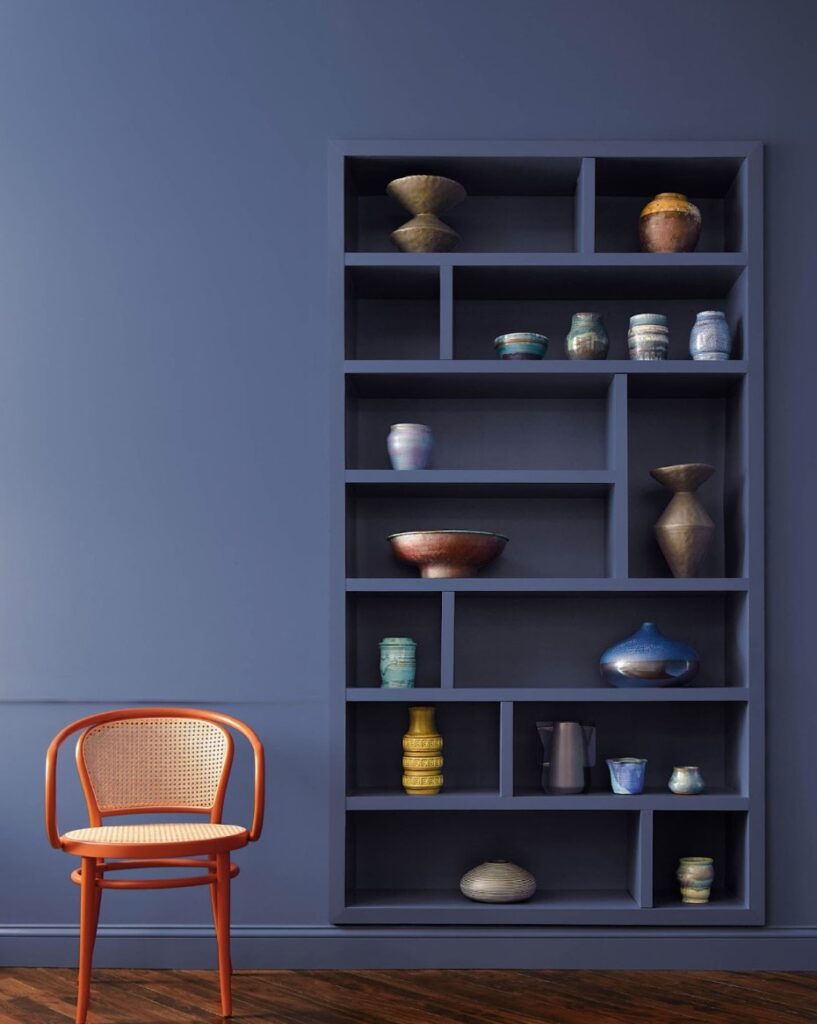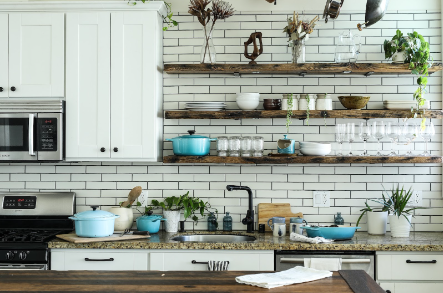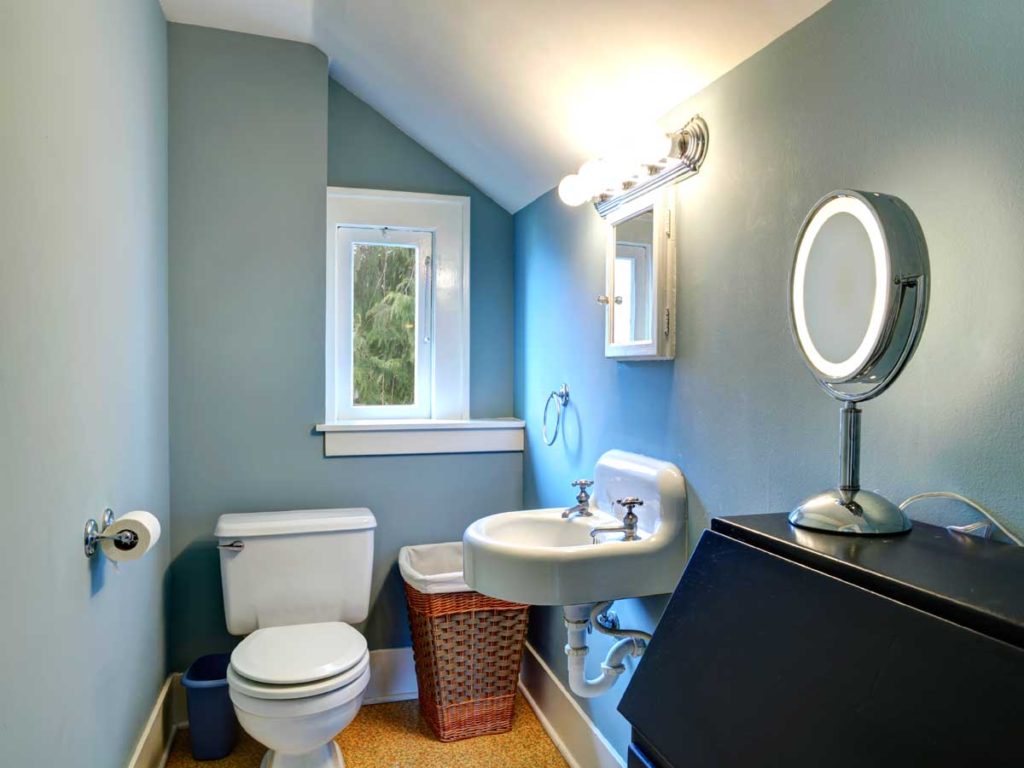Owning a home is expensive. If you want to update your home’s interior on a budget, there are affordable ways for homeowners to make impactful upgrades.
Whether you’re looking to make quick updates to sell your home quickly or simply want to change your home’s look to get more enjoyment out of your space, here are eight tips for restoring and modernizing old furniture that won’t break the bank.
Read More





